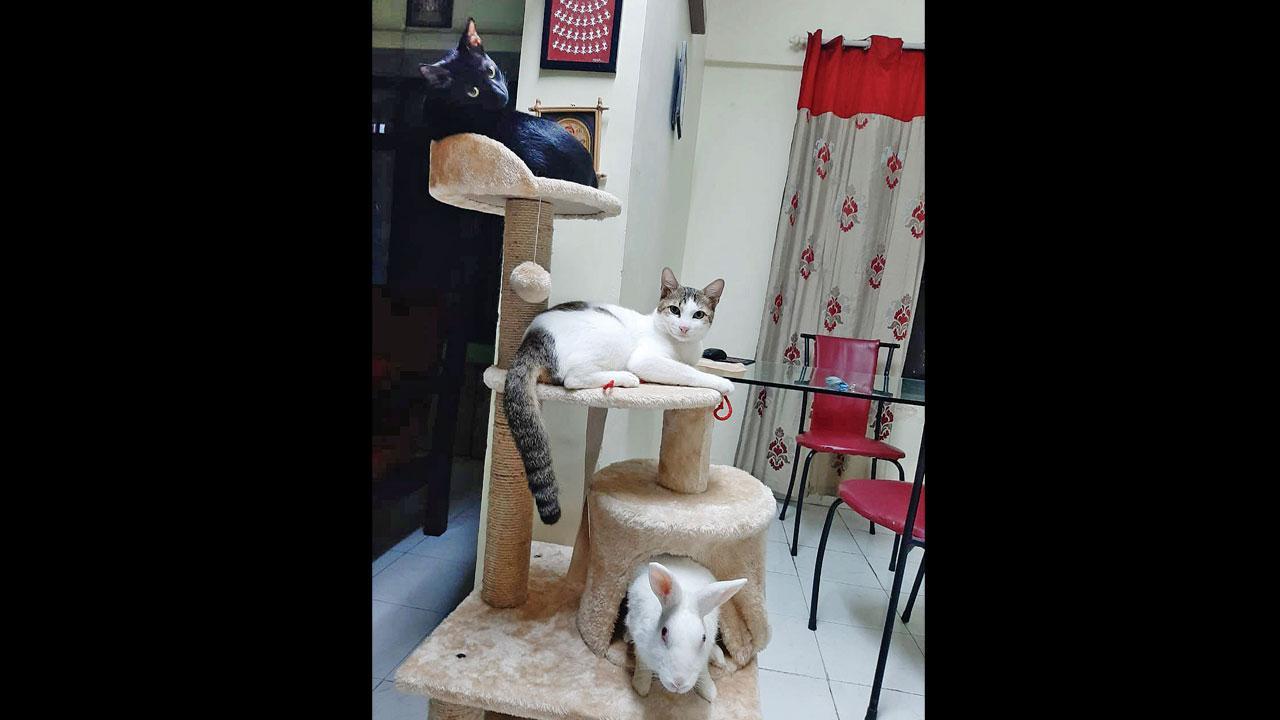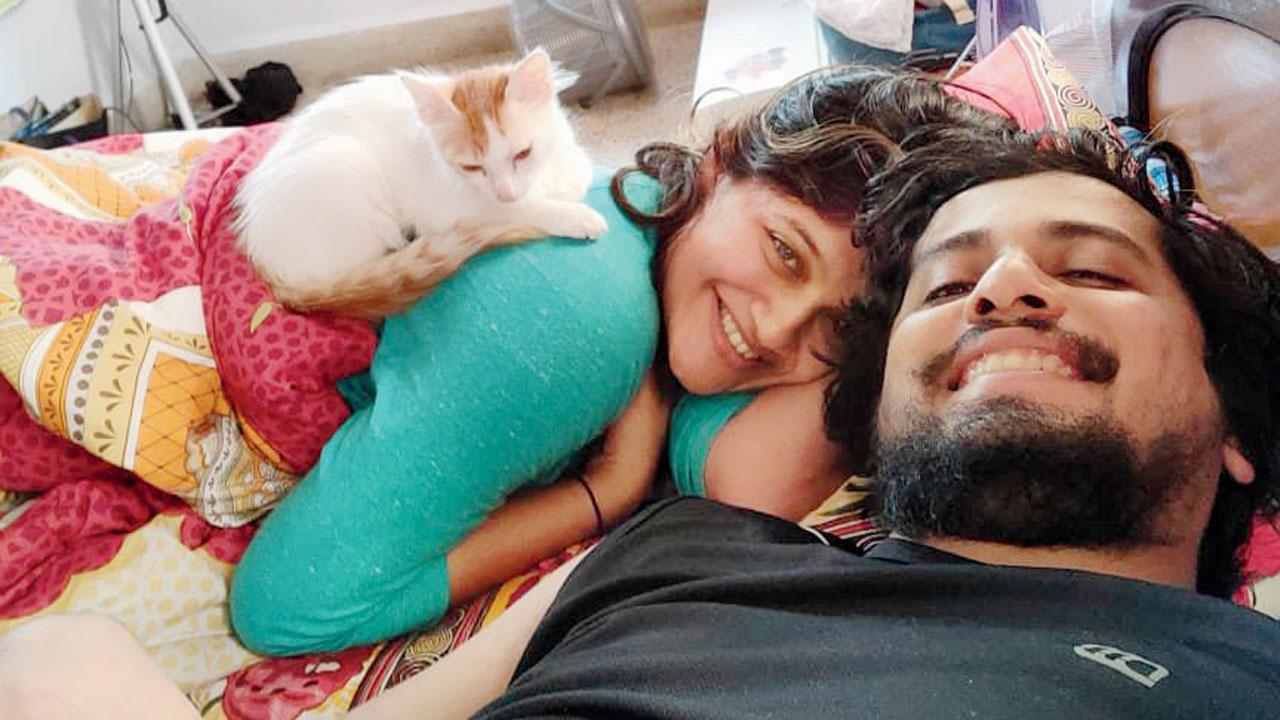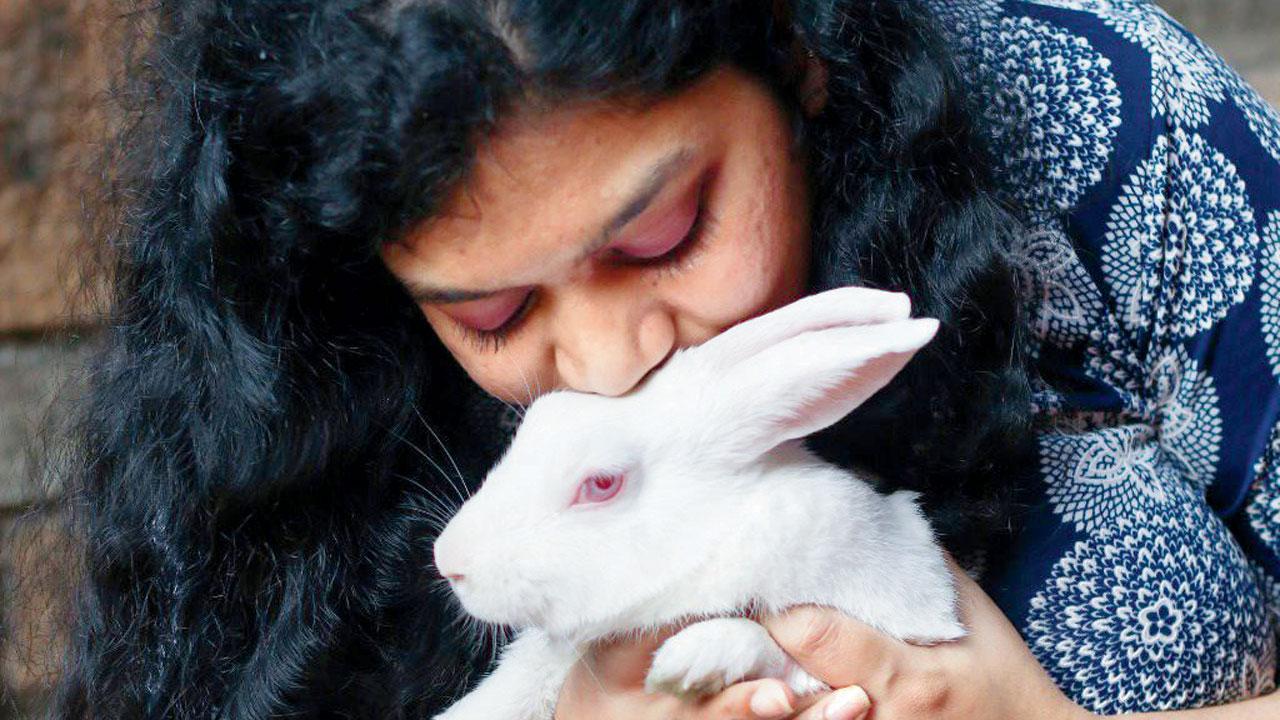Separation anxiety can occur in pets who have spent long periods of time with their parents during the lockdown

Isolation toys can keep your pets mentally engaged while alone at home
With offices finally reopening after months of working from home, pet parents are realising that their pooches and felines, who had become accustomed to extended periods of togetherness, must now learn to adjust to their new schedules and some alone time. And in many cases, they are realising their office routines are stressing their pets out. “During the early days of the pandemic, there was an increase in first-time pet ownership as many sought the comfort of a furry companion. These pets are more likely to experience stress and anxiety as they’ve spent their formative months in the WFH routine. In case of pets that have been adopted before the lockdown, they may experience some boredom, but the chances of them exhibiting separation anxiety are lower,” explains Raj Mariwala, an animal behaviourist and founder of Citizen K9.
ADVERTISEMENT

Raj Mariwala
Adjusting to the new normal
“When my husband and I began to leave the house after the second lockdown, even for our routine chores, our one-and-a-half-year-old cat, Cindy, became quite anxious. We live on the fourth floor, and we could hear her wails until the first floor, which broke our heart. She would sit by the door and wait until we returned, roam around restlessly and stop eating. We realised that we had to reassure and comfort her. We started out with one of us leaving the house and the other staying back. Then, we both began to leave the house for short durations, gradually increasing the time we spent away from home,” explains Arati Kanetkar, a lawyer, of the cat she and her husband Anuraag adopted during the first lockdown.

The Kanetkars with Cindy
Separation anxiety is expressed by animals in various ways — in the case of marketing professional Shruti Ghurye’s five-year-old rabbit, Bunnymund, he began to pluck his fur out, stopped eating and became very anxious when Ghurye’s mother was away. “We make sure to reassure him of our return by feeding him his favourite foods and spending more time with him when we come back home. Our two cats, who we adopted later, also play with him. I think it’s important to understand that your pet might go through these symptoms, recognise them and reassure your pet,” she says.

Neha Rajadhyaksha with Dodo
Constructive expression
Neha Rajadhyaksha, a blogger, had a similar experience with the pup she adopted the day before the lockdown was announced. “I did not leave the house at all, even for groceries, during that time. My one-and-a-half-year-old pup Dodo saw me constantly. Her separation anxiety became so acute that I couldn’t change my clothes or even go to the bathroom without her — she would try to scratch the door down. When I began to step out of the house for shoots, she would howl inconsolably. I began to separate her for a few minutes a day at first and rewarded her when she did not howl or panic. My other one-year-old dog, Celio, who is much more independent, has begun to engage and play with her. We also try to exhaust her before we leave, by playing with her or taking her on a long walk just before leaving the house. We’ve found that pent up energy is often expressed as anxiety,” she says.

Shruti Ghurye with Bunnymund
Engage them
Mariwala emphasises working some distance into your regular routine, to get your pet acclimatised. “Instead of having your pet beside you all day while you work on your laptop, give them some alone time. Also, engage them with isolation toys [which are safe for them to use when they’re alone] that will keep them occupied, physically and mentally. If your pet has never stayed alone before, you could consider monitoring them via your phone or laptop camera, and watch out for signs of anxiety,” she recommends. Your pet greeting you enthusiastically when you return is normal; however, your cat ripping up a cushion within 15 minutes of your departure is not. Mariwala recommends you contact a behaviourist if your pet is exhibiting extreme stress. Finally, it helps to do some research about available creches or sitters, in case of emergencies. “If your pet doesn’t like to be removed from the home environment or has difficulties interacting with strangers, day care may not be an ideal solution — your pet may develop new behavioural problems,” she cautions.
 Subscribe today by clicking the link and stay updated with the latest news!" Click here!
Subscribe today by clicking the link and stay updated with the latest news!" Click here!







